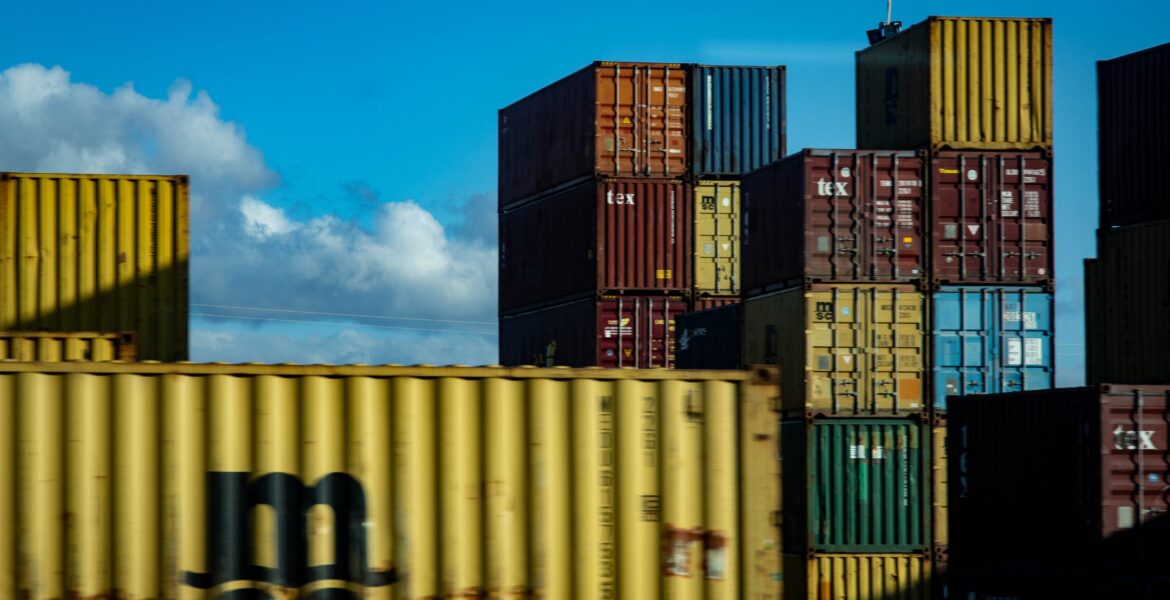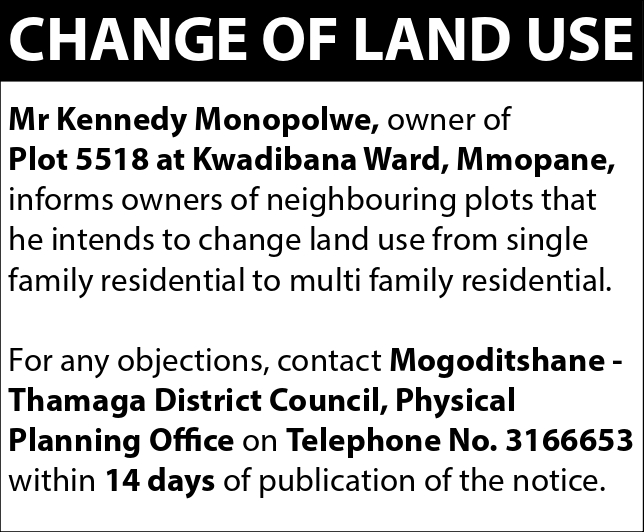- Rising increase locally can aggravate the situation
- Botswana’s food import bill climb to P823 million
GAZETTE REPORTER
Botswana’s food import bill climbed to P823.8 million in May, latest figures from Statistics Botswana shows.
This is an increase of 11 percent as compared to the P752 million spent on food in the period of January 2021 and experts point out that COVID-19 related impacts might be the reason behind the increase.
The data show that beverages, spirits and vinegar accounted for 20.3 percent of food imports followed by cereals, flour, starch or milk, pastry cooks products with 14.7 percent and 7.6 percent respectively.
A lecturer of economics at the University of Botswana (UB) who spoke to this publication in anonymity said they are two factors that contributes to skyrocketing of food prices. He named the logistical costs incurred as result of the COVID-19 pandemic as well the deepening inflation rates locally as the contributing factors.
He explained that the logistical companies in countries across the region have been experiencing the higher logistical costs due to protocols on line and will continue to affect movement of goods.
“The costs of transportation of goods including food across the borders became expensive due to the COVID-19 protocols,” he said. “ Fuel has become expensive. Inflation also continues to rise due to the increase in Value Added Tax (VAT) earlier this year. Food will be expensive commodity.”
Stastics Botswana figures point a bleak future as costly imported bill means higher prices locally.
“Dried Maize (Corn) kernels or grains fit for the human consumption, not further prepared or the processed not packaged as seeds”; “wheat and muslin, other than durum wheat other than seed and rice” and “semi-milled or wholly milled, whether or not polished or glazed “made the contributions of 49.3 percent, 19.9 percent and 19.4 percent, in that order, to Cereal imports,” said SB.
According to the central bank, Bank of Botswana (BoB), headline inflation averaged 6.7 percent in the second quarter of 2021, higher than the 1.9 inflation percent in the second quarter of 2020.
BoB in its Monetary Policy Report for August said inflation rise was mostly accounted for by the rises in levies/taxes and upward adjustment in administered prices and associated second-round effects.
Inflation is forecast to remain above the upper bound of the Bank’s 3 – 6 percent objective range in the short term. Nonetheless, inflation is expected to revert to within the desired objective range in the second quarter of 2022. Compared to the June 2021 forecast, inflation is projected to be slightly higher in the short term, mainly reflecting the upward revision in forecasts for trading partner countries inflation and international commodity prices, as well as the improvement in the domestic economic activity in the first quarter of 2021 than previously projected. However, the current inflation projection is lower in the medium term compared to the June 2021 forecast due to the downward revision in South African inflation and the expected appreciation of the Pula against the rand.




